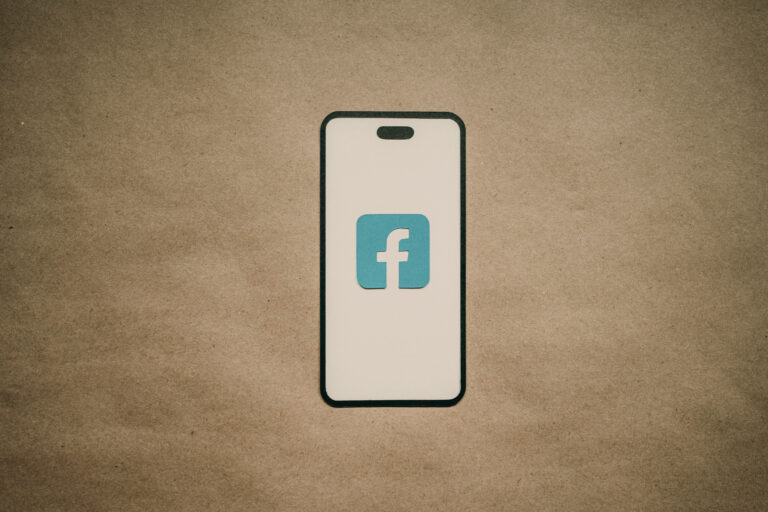Super Bowl commercials have long been a hallmark of American advertising, offering brands an unparalleled platform to reach massive audiences. Over the decades, the cost of securing a 30-second ad slot during the Super Bowl has escalated dramatically, reflecting both the game’s growing viewership and its cultural significance.
Historical Perspective
The inaugural Super Bowl in 1967 featured 30-second commercials priced at approximately $37,500. By 1976, this cost had tripled, reaching around $110,000. The upward trajectory continued, with a notable milestone in 1995 when ad spots surpassed the $1 million mark. Entering the new millennium, the 2000 Super Bowl saw 30-second ads priced at about $2.2 million, a period often referred to as the “Dot-Com Super Bowl” due to the influx of internet companies investing heavily in advertising.
The trend of rising costs persisted, with 30-second spots reaching $4.5 million by 2015. In 2023, the price tag hit $7 million, underscoring the event’s premium value to advertisers.
Super Bowl 2025: Current Landscape
As of 2025, Fox Corporation has reportedly sold out all advertising slots for Super Bowl LIX, scheduled for February 9, 2025. The cost for a 30-second commercial has surpassed $7 million, setting a new record.
This escalation in price reflects advertisers’ confidence in the Super Bowl’s ability to deliver vast and engaged audiences. Despite the hefty investment, brands are willing to pay a premium for the exposure and potential return on investment that a Super Bowl spot can provide.
Factors Influencing Ad Costs
Several elements contribute to the rising costs of Super Bowl commercials:
- Viewership Numbers: The Super Bowl consistently ranks as the most-watched television event in the United States, with recent games drawing over 100 million viewers. This extensive reach justifies the high advertising rates.
- Cultural Impact: Beyond sheer numbers, Super Bowl ads have become a cultural phenomenon. Viewers anticipate the commercials as much as the game itself, providing brands with a unique opportunity to make a lasting impression.
- Economic Conditions: The broader economic landscape plays a role. In robust economic times, companies are more willing to allocate substantial budgets to high-profile advertising. Conversely, during economic downturns, there have been instances where major advertisers, such as the “Big Three” U.S. automakers, have opted out of Super Bowl advertising due to financial constraints.
Notable Developments
In a recent turn of events, State Farm announced it would not air a commercial during the 2025 Super Bowl. The decision comes in the wake of devastating wildfires in the Los Angeles area, with the company choosing to focus its resources on supporting affected customers.
The escalating costs of Super Bowl commercials underscore the event’s unparalleled value to advertisers. While the financial investment is significant, the potential rewards in terms of brand exposure and cultural impact continue to make Super Bowl advertising a coveted opportunity for companies aiming to make a memorable impression on a vast audience.






